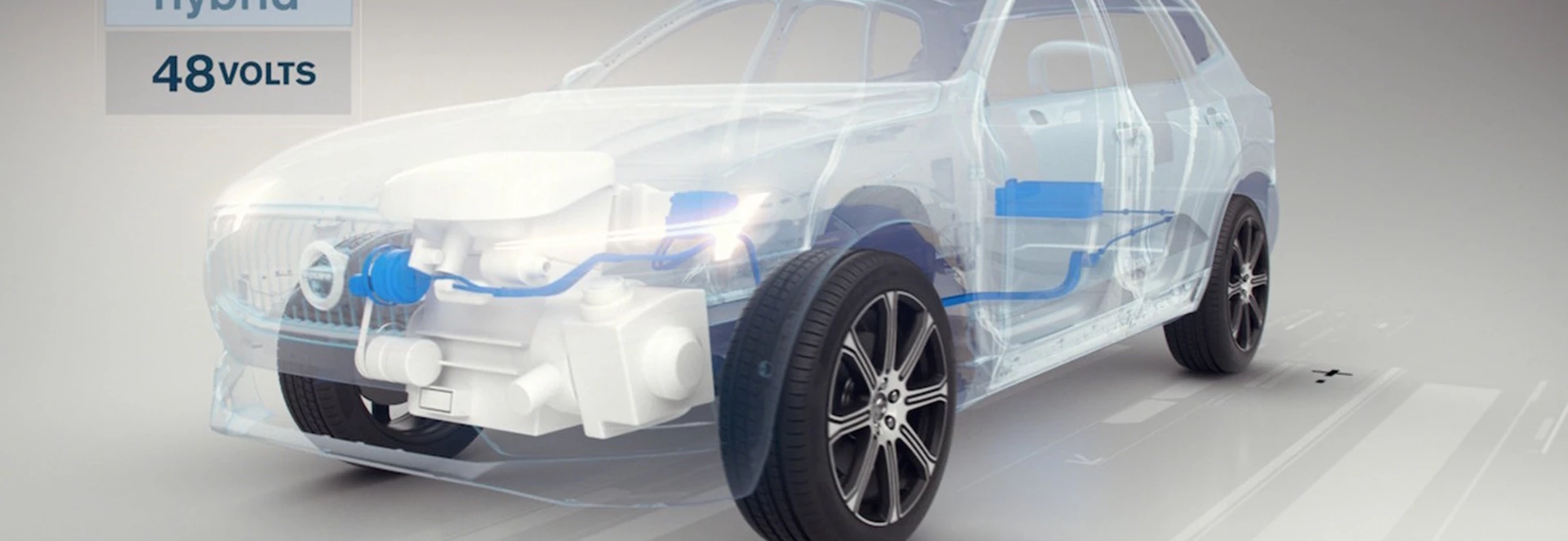In the ever-evolving landscape of car powertrains, it’s getting more and more crowded with different systems – such as all-electric, full hybrid and mild hybrid.
The third of those is slightly more difficult to define than the other two, but you may start to see the term thrown around more often as vehicles with this power system become more commonplace.
So what is a mild hybrid, and how does it stack up against the full hybrid system?
Mild hybrid definition
Like a full hybrid, mild hybrids use both conventional petrol and electric power to run the car, but unlike a normal hybrid they can’t quite power the whole car – only supplement and lend a hand to the petrol system to make it more efficient on the go and while the vehicle is stopped.
The electric part of a mild hybrid allows the petrol engine to switch off when the car is halted and it runs the other systems instead, which helps with fuel economy and emissions.
Such systems can also give the petrol engine a boost during acceleration so that the car can get up to speed quicker and can also offer a smoother start when the car gets underway again.
More advanced systems, such as in the Audi A8, can shut down parts of the engine while it is coasting to help with fuel consumption even further meaning fewer trips to the pump.

Mild hybrid cars
There are vehicles at either end of the price scale that use mild hybrid systems, but the most recognisable that uses such a system is the ballistic Ferrari LaFerrari.
It uses the electrical component to help with the supercar’s massive acceleration and also run the auxiliary systems, such as the interior screens and lights.
The aforementioned Audi A8 also uses a mild hybrid setup to help during long-distance cruising and save fuel.
But many of Suzuki’s vehicles have one also. Called the Smart Hybrid Vehicle by Suzuki system (SHVS), it helps with engine start up and acceleration.
Mild hybrid vs full hybrid
The good thing for manufacturers is that mild hybrid systems are cheaper than full hybrids – meaning lower build costs. Also some systems can regenerate energy from braking, which many conventional hybrids can’t yet do. This also means that mild hybrids can be much more efficient.
However, full hybrids can return much better emissions statistics due to their usage of the all-electric systems and they can also run completely on electric power, unlike mild hybrid models. Also, fuel economy is usually better with full hybrids.




